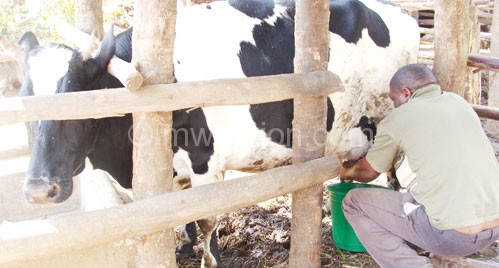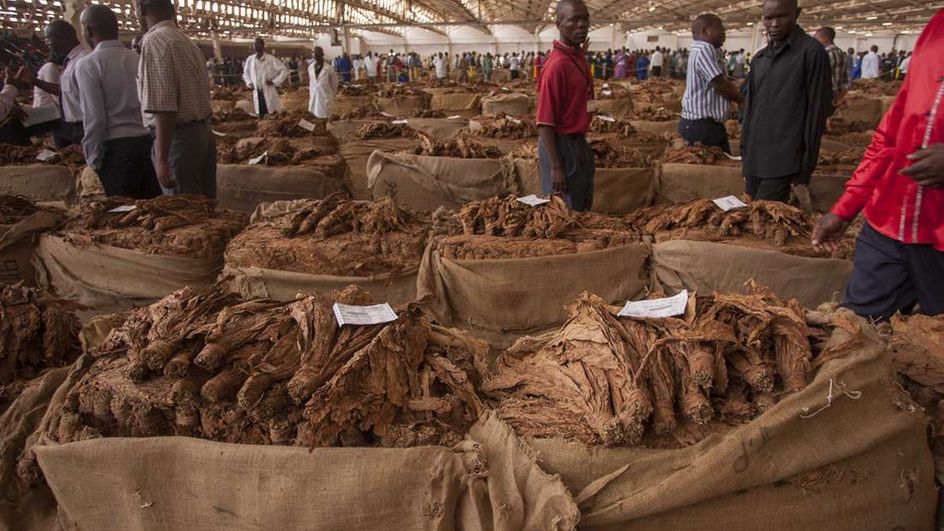Dairy sector woes worsen

The Malawi Milk Producers Association of Malawi (MMPA) says Malawi’s dairy sector is currently riddled with a myriad of challenges ranging from lack of government support to lack of organised markets for dairy animals.
The association’s manager Hebert Chagona said this yesterday in the context of World Milk Day which is commemorated annually on June 1.
Chagona, who described the dairy sector as stunted in its growth, said presently, there is inefficient government farms that are supposed to do cross breeding and supply small holders coupled with lack of private cross breeding efforts.
He said such a situation is also compounded by the fact that imported dairy cows are too currently expensive to the affordability of most smallholder farmers.
On poor feeding practices, Chagona said the sector is also reeling from inadequate quantities of feed, poor quality of feeds, low milk production, low fertility of underfed cows, higher disease occurrences, premature deaths of dairy cows as well as stunted calves.
Commenting on lack of training and extension services, Chagona said there is lack of heat detection, lack of veterinarian support, low number of extension workers and lack of dairy research, among others, which he said is crippling the sector.
He also lamented inadequate capacity and poor funding of Department of Department of Animal Health and Livestock Development (DAHLD) to enable it enforce all of the rules and regulations in the dairy industry.
Currently, Malawi is experiencing a worrisome milk per-capita consumption of about 5 liters against a recommendation by the World Health Organisation (WHO) which states that for a healthy diet, a person should consume 220 liters of milk per annum.
Malawi is estimated to have slightly over 10 000 dairy cows which is said to be too little to produce enough milk to carter for recommended milk consumption for an estimated 15 million Malawians.





